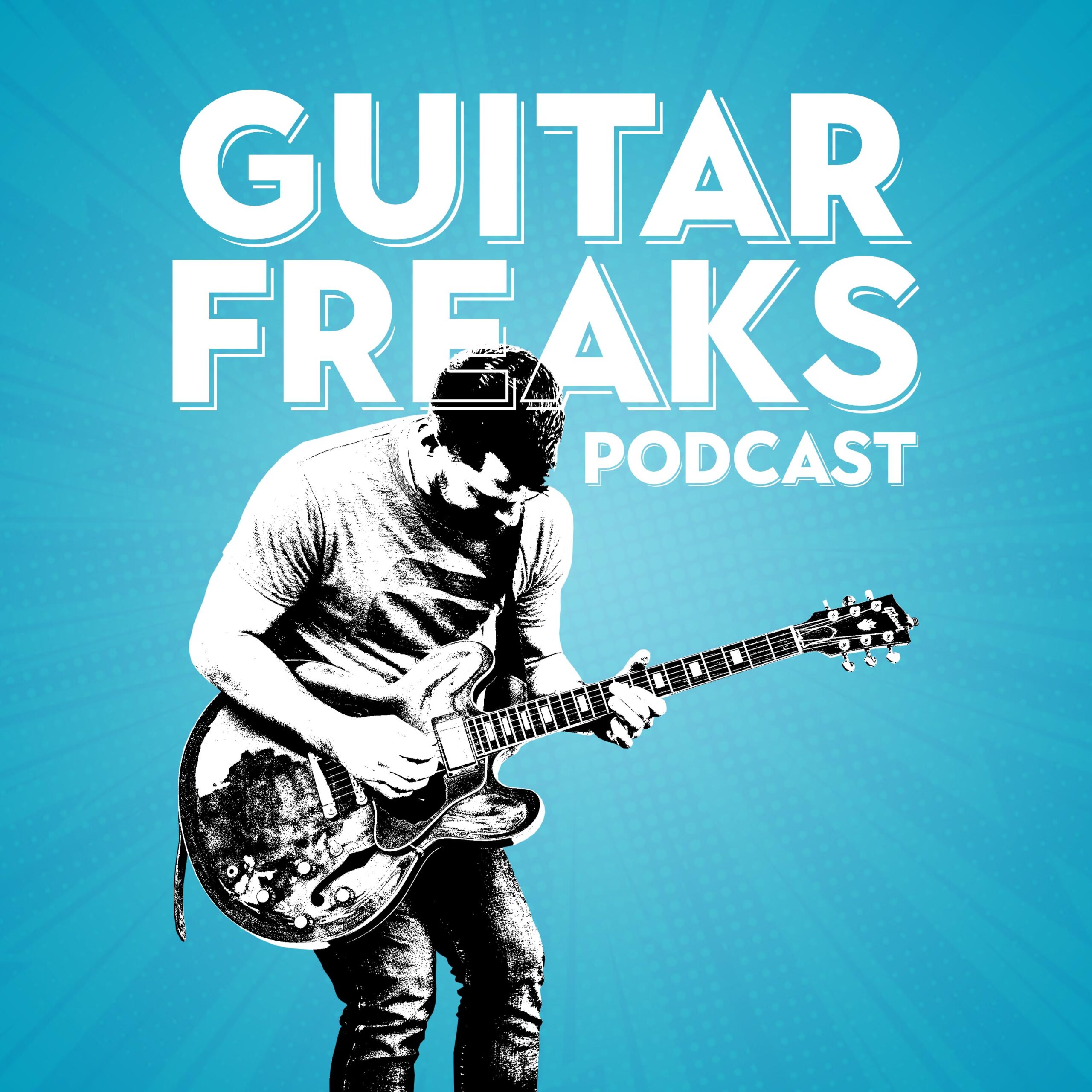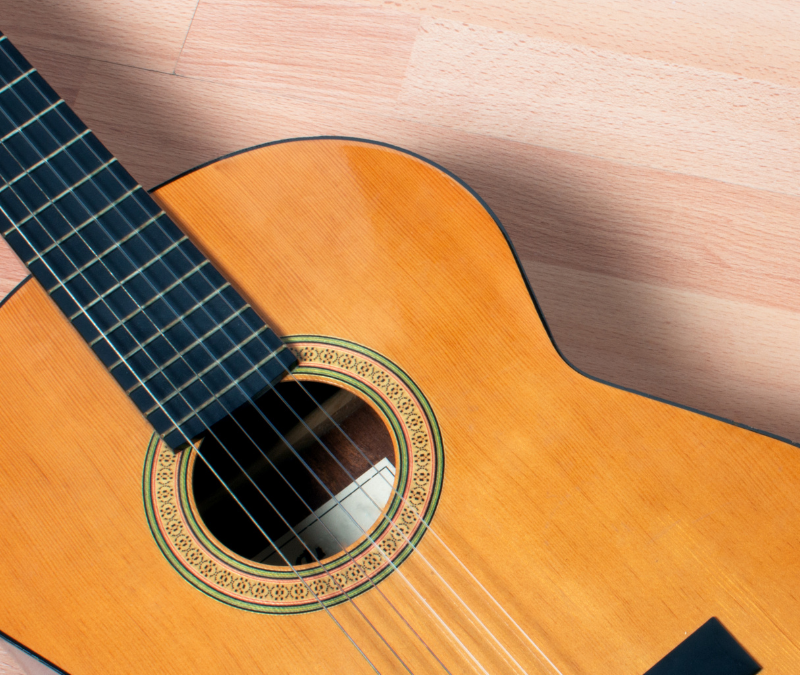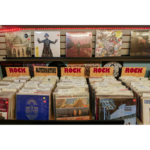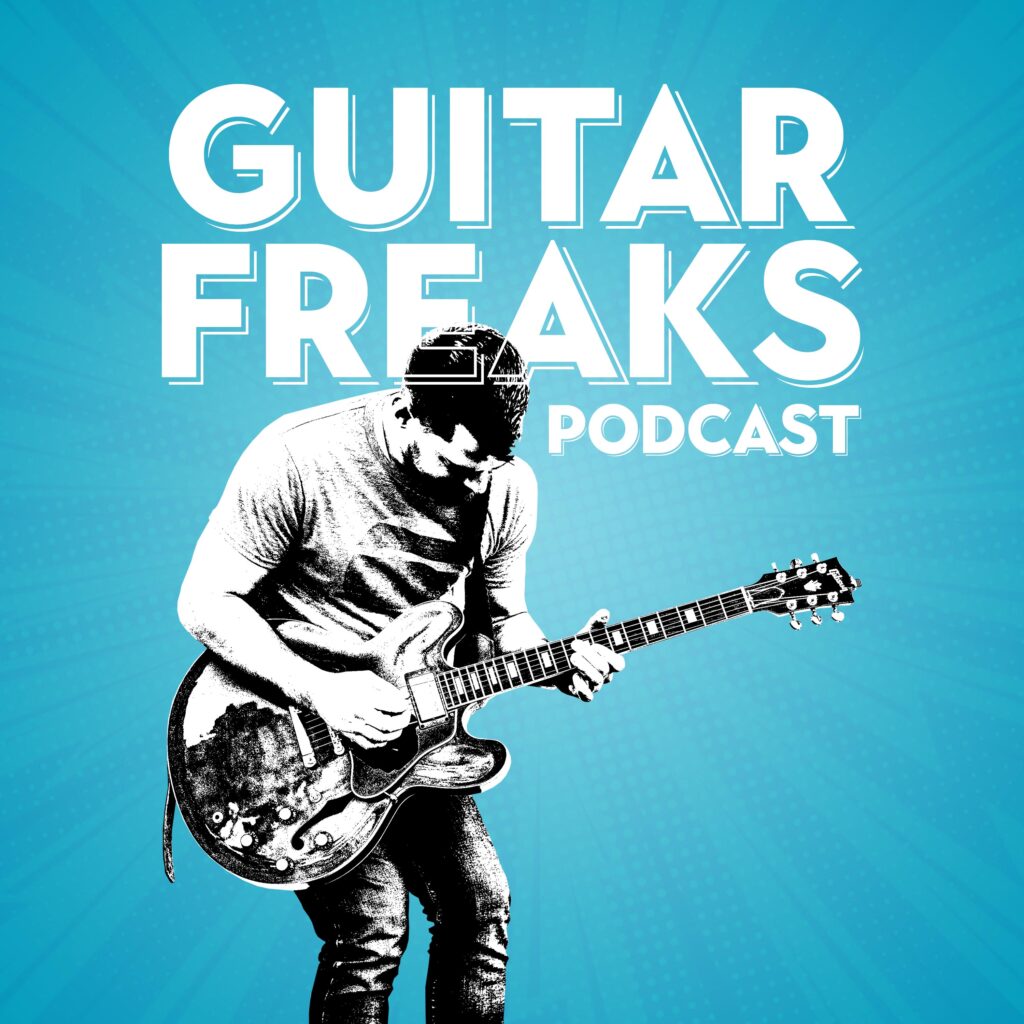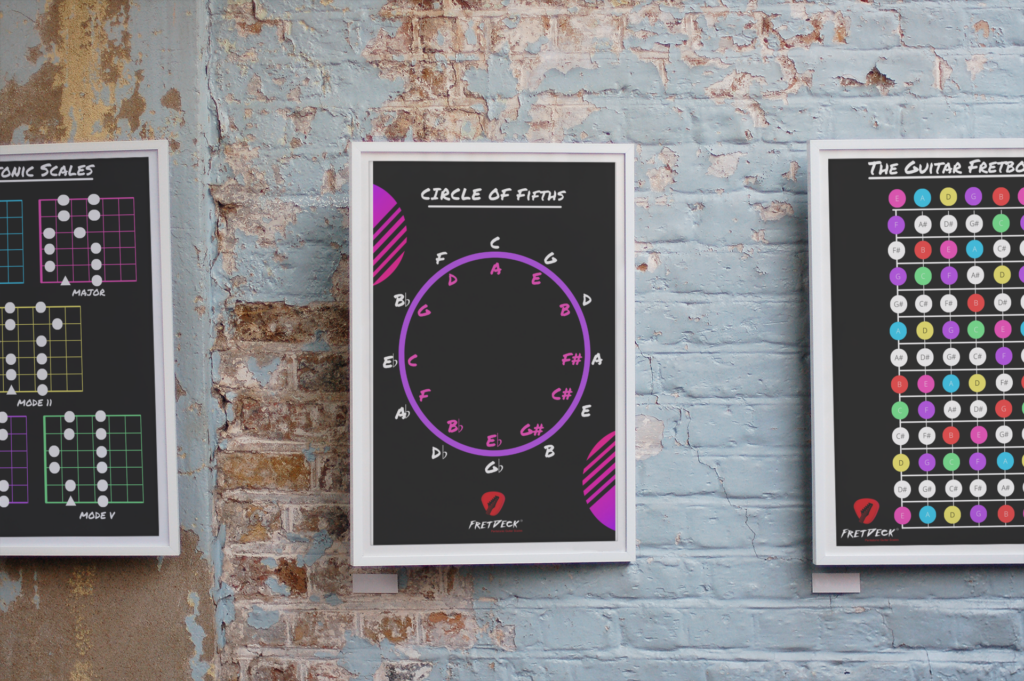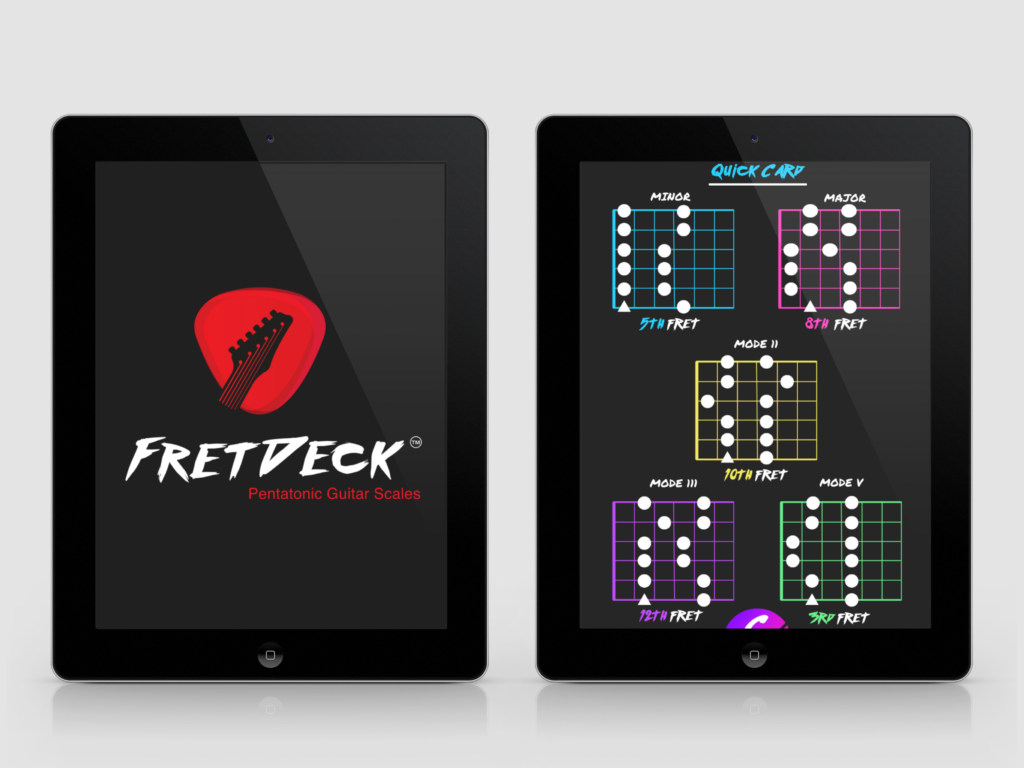Getting Started with Guitar for Beginners
Learning guitar for beginners can feel overwhelming, but with the right approach, you’ll build a solid foundation quickly. This guide will help you master essential chords, strumming techniques, and play your first song in no time.
Choosing the Right Guitar for Beginners
Your first step is selecting a guitar that suits your style and comfort level. Here’s a quick guide:
- Acoustic Guitar for Beginners: Best for singer-songwriter styles and folk music.
- Electric Guitar for Beginners: Ideal for rock, blues, and metal.
- Classical Guitar for Beginners: Great for fingerpicking and classical music.
👉 Pro Tip: Check out the FretDeck Gear Guide to find the best beginner-friendly guitars.
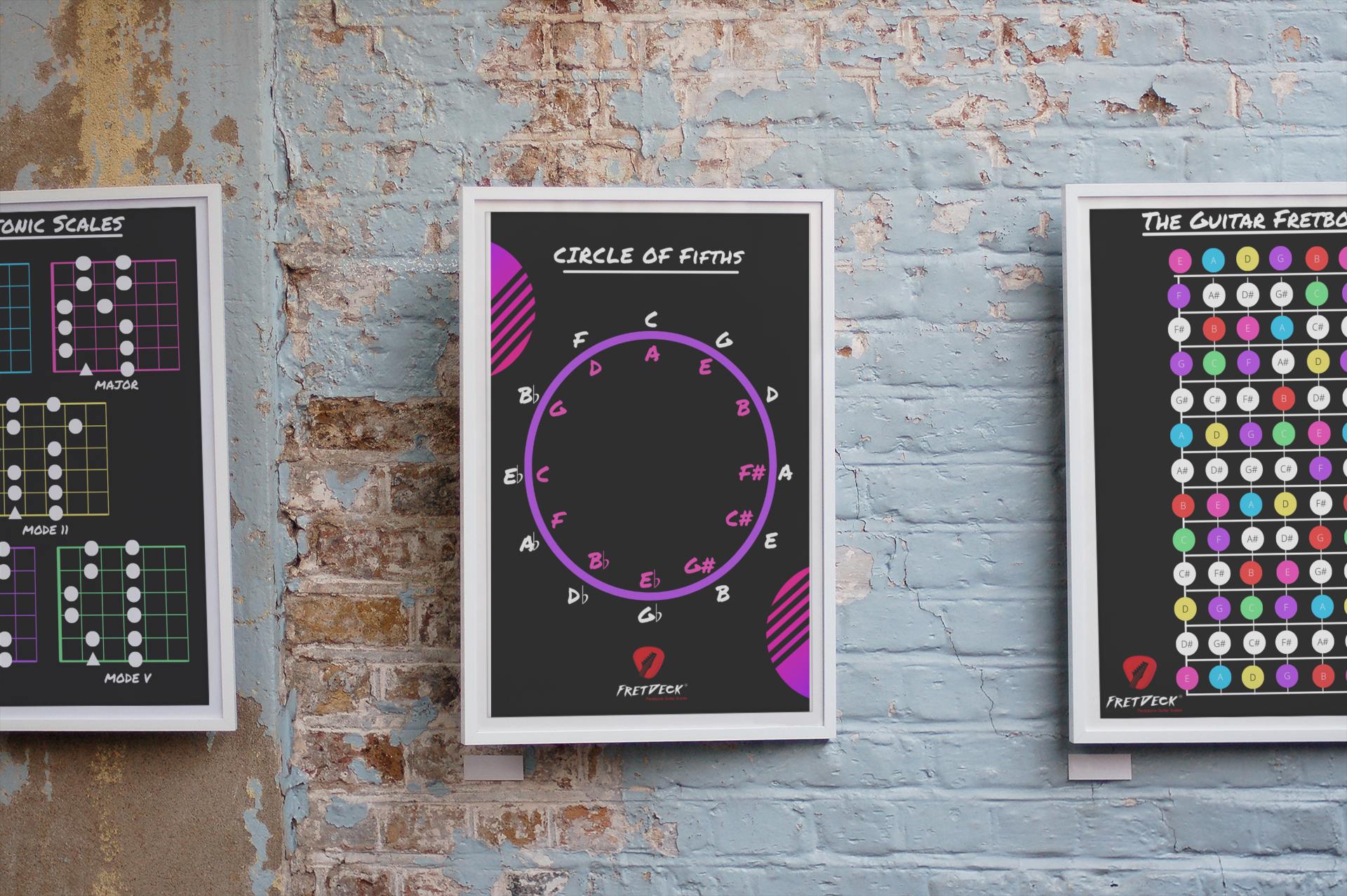
Download FREE Guitar Charts!
We have 27 FREE guitar charts to help you learn the guitar fretboard. Learn How to play chords and scales with these free resources.
Free Guitar Resources
Essential Guitar Chords for Beginners
Learning a few basic chords will unlock hundreds of songs. Start with these three:
- G Major: Place your ring finger on the 3rd fret of the high E string, middle finger on the 3rd fret of the low E string, and index finger on the 2nd fret of the A string.
- C Major: Ring finger on the 3rd fret of the A string, middle finger on the 2nd fret of the D string, and index finger on the 1st fret of the B string.
- D Major: Index finger on the 2nd fret of the G string, middle finger on the 2nd fret of the high E string, and ring finger on the 3rd fret of the B string.
Practice transitioning between these chords smoothly.
Mastering Strumming Patterns for Beginners
Rhythm is key to making your playing sound musical. Try this beginner-friendly strumming pattern:
D – D – U – U – D – U
(D = Downstroke, U = Upstroke)
Play this pattern slowly while switching between G, C, and D major chords.
Playing Your First Song on Guitar
One of the easiest beginner songs is Knockin’ on Heaven’s Door by Bob Dylan. It follows this chord progression:
G – D – Am
G – D – C
Strum along using the pattern above and gradually increase your speed.
🎵 Want more songs? Check out the FretDeck Beginner Songbook.
Avoiding Common Beginner Mistakes
- Pressing Too Hard – Use just enough pressure to get a clear sound.
- Skipping Rhythm Practice – Play along with a metronome or drum track.
- Ignoring Finger Exercises – Warm up with finger drills for better dexterity.
Next Steps in Your Guitar Journey
Once you’ve mastered basic chords and strumming, explore:
- Barre Chords for Beginners – Unlock the entire fretboard.
- Scales & Lead Playing for Beginners – Learn pentatonic scales for soloing.
- Fingerpicking Techniques for Beginners – Add dynamics to your playing.
Practicing for Progress
Setting a Practice Routine for Beginners
Consistency is key to improving your skills. Here’s a simple practice plan:
- Warm-Up (5 Minutes) – Finger stretching and simple picking exercises.
- Chords & Strumming (10 Minutes) – Work on transitions between chords.
- Song Practice (15 Minutes) – Play a song with proper rhythm.
- New Techniques (10 Minutes) – Try something new like a scale or fingerpicking pattern.
Using a Metronome for Beginners
A metronome helps you keep time while practicing. Start slow and gradually increase speed.
Understanding the Guitar Fretboard for Beginners
Learning the notes on the fretboard will boost your confidence when playing:
- Open Strings: E – A – D – G – B – E (from thickest to thinnest string)
- Frets: Each fret moves up one semitone (e.g., 1st fret of the low E is F, 2nd fret is F#).
- Octave Shapes: Find the same note in different positions on the neck.
👉 Pro Tip: Use the FretDeck Fretboard Trainer for fun learning exercises.

Download FREE Guitar Charts!
We have 27 FREE guitar charts to help you learn the guitar fretboard. Learn How to play chords and scales with these free resources.
Free Guitar Resources
Developing Finger Strength & Dexterity for Beginners
Basic Finger Exercises for Beginners
Try the 1-2-3-4 Exercise:
- Place your index finger on the 1st fret, middle on 2nd, ring on 3rd, and pinky on 4th fret.
- Play each string in order and move up the fretboard.
- This builds strength and coordination.
Expanding Your Skills
Once you’re comfortable with beginner chords and strumming, start exploring:
Barre Chords for Beginners
Barre chords let you play any chord shape across the fretboard. Start with F Major:
- Barre the 1st fret with your index finger.
- Place your middle finger on the 2nd fret of the G string.
- Ring and pinky fingers on the 3rd fret of the A and D strings.
Learning Scales for Beginners
The Pentatonic Scale is a great starting point for solos:
|--5-----8--|
|--5-----8--|
|--5--7-----|
|--5--7-----|
|--5--7-----|
|--5-----8--|This pattern is used in rock, blues, and pop music. Practice moving between positions.
Staying Motivated & Having Fun
- Play Along with Songs – Find songs you enjoy to keep things exciting.
- Join a Guitar Community – Engage with other learners for motivation.
- Record Yourself – Track progress and notice improvements.
👉 Join the Guitar Freaks Hangout community to get feedback and motivation from other players!
🎸 Ready to level up? Check out FretDeck’s Beginner Course for step-by-step guidance!
This guide is designed to take you from absolute beginner to confident guitarist. Stick with it, practice regularly, and most importantly—have fun making music!
🌎 Looking for external resources? Visit JustinGuitar for free high-quality lessons tailored for beginners.
Once you’re comfortable with beginner chords and strumming
This article provides a comprehensive guide to essential guitar chords, which will complement your learning journey.
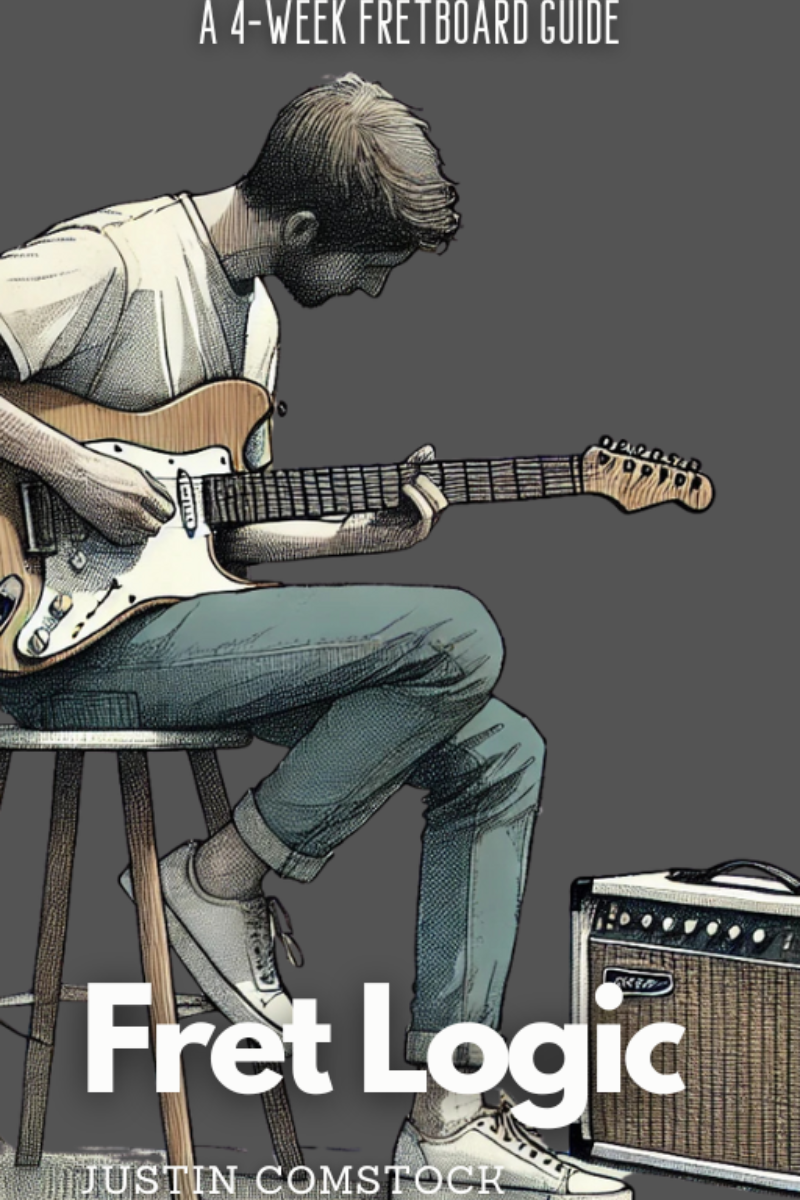
Join Guitar Freaks Hangout on Discord! 🎸
Get Fret Logic FREE!
Join the Guitar Freaks Hangout Discord and get exclusive access to my entire e-book, Fret Logic! Master the fretboard and elevate your solos with this comprehensive guide.
👉 Don’t miss out—join now and download your free copy!
